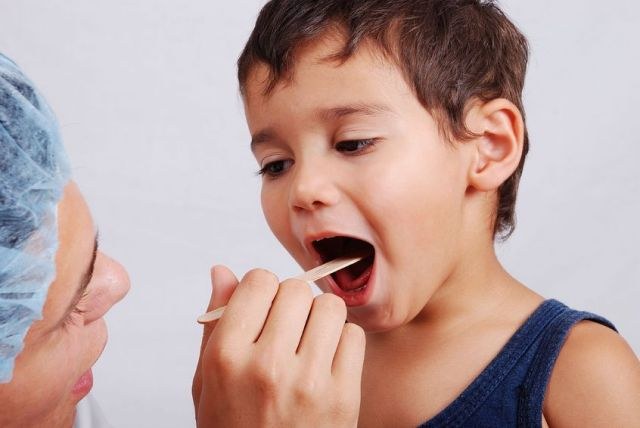Types and characteristics of stomatitis
There are several types of this disease:
– aphthous;
allergic;
– Candida;
– herpes.
The peculiarity of stomatitis is that in 80% of cases the causative agent of the disease are viruses. On error diagnosis, the doctor takes the stomatitis for sore throat and assigns antibacterial treatment (antibiotics). As a result, instead of healing it turns a worsening of the disease.
The first signs
Stomatitis often affects children. The reason is that the immune system is weakened kids. In the children's team more likely to catch a viral infection. Children often injure the mucous membrane of the mouth, especially during teething.
When a child starts stomatitis, it is not always able to explain what was bothering him. Therefore, mothers should pay attention to the following symptoms:
– redness of the mouth and throat;
– puffiness;
– increase of saliva;
– pale yellow;
– pain when swallowing and in contact with food (it will occur in toddlers anxiety and crying while trying feeding).
If at this stage, the stomatitis was not detected, not initiated adequate antiviral treatment, the mucous membrane sores appear. Depending on what kind of pathogen has entered the body, sores may be converted from vesicles (herpes) or just appear in the form of aft (aphthous stomatitis). They have a clear round shape, covered with gray or yellow tinge. The edges of the wounds inflamed, reddish. Often there is a fever that holds up as long as do not die of the virus. Can become inflamed lymph nodes.
Allergic stomatitis and its features
The main difference between allergic stomatitis from the virus is the great degree of swelling and the duration of the disease. Stomatitis may appear at the onset of Allergy season, for example, at flowering, and do not go to the end. The primary treatment in this case is antihistamine therapy.
Preferably when the first symptoms show ill not just a therapist or pediatrician, but also the dentist. If a physician has doubts concerning the form and the agent, it will send to a number of additional analyses that will doubt and finally to confirm the diagnosis. The results will be assigned the necessary treatment.

